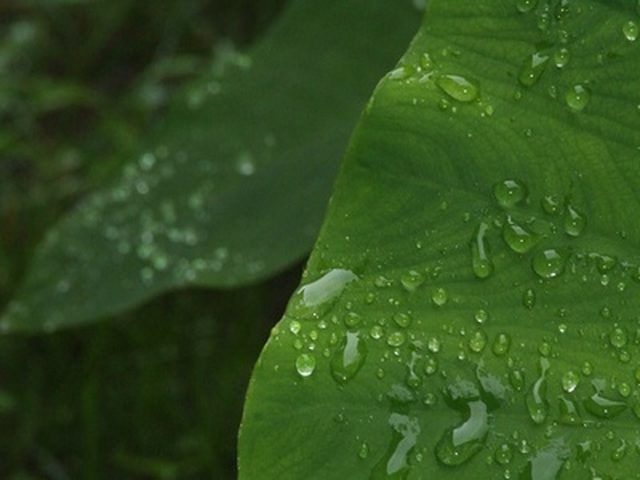Bulbs
Flower Basics
Flower Beds & Specialty Gardens
Flower Garden
Garden Furniture
Garden Gnomes
Garden Seeds
Garden Sheds
Garden Statues
Garden Tools & Supplies
Gardening Basics
Green & Organic
Groundcovers & Vines
Growing Annuals
Growing Basil
Growing Beans
Growing Berries
Growing Blueberries
Growing Cactus
Growing Corn
Growing Cotton
Growing Edibles
Growing Flowers
Growing Garlic
Growing Grapes
Growing Grass
Growing Herbs
Growing Jasmine
Growing Mint
Growing Mushrooms
Orchids
Growing Peanuts
Growing Perennials
Growing Plants
Growing Rosemary
Growing Roses
Growing Strawberries
Growing Sunflowers
Growing Thyme
Growing Tomatoes
Growing Tulips
Growing Vegetables
Herb Basics
Herb Garden
Indoor Growing
Landscaping Basics
Landscaping Patios
Landscaping Plants
Landscaping Shrubs
Landscaping Trees
Landscaping Walks & Pathways
Lawn Basics
Lawn Maintenance
Lawn Mowers
Lawn Ornaments
Lawn Planting
Lawn Tools
Outdoor Growing
Overall Landscape Planning
Pests, Weeds & Problems
Plant Basics
Rock Garden
Rose Garden
Shrubs
Soil
Specialty Gardens
Trees
Vegetable Garden
Yard Maintenance
Plant Information on Poisonous Elephant Ears
Plant Information on Poisonous Elephant Ears. Elephant ear, Colocasia esculenta, bears distinctive, tropical-looking foliage that many use for a houseplant, container plants or landscaping accents. As common as a garden plant in many places removed from the tropics, elephant ear carries with it a double-edged sword: it's beautiful to look at but it...

Elephant ear, Colocasia esculenta, bears distinctive, tropical-looking foliage that many use for a houseplant, container plants or landscaping accents. As common as a garden plant in many places removed from the tropics, elephant ear carries with it a double-edged sword: it's beautiful to look at but it also proves highly toxic when consumed by humans or animals.
Plant Description
In general, elephant ear grows anywhere from two to five feet in height and produces large, irregular, oval-shaped leaves on long stalks that resemble its namesake. However, a wide selection of varieties offer a laudable range of colorful foliage. For example, "Black Magic" has burgundy-black foliage, while "Lime Zinger bears electric chartreuse green foliage. "Nancy's Revenge" mixes things up with creamy white centers laid in dark green leaves. Along with its colorful foliage, the elephant ear also sprouts greenish to yellow flowers.
Growth Habits
As a native of the tropics, elephant ear grows as a perennial tender or hardy bulb. It grows from large, brown tubers. A shade-loving plant, it thrives in areas with partial sun, but it can grow in full sun as long as its soil stays moist. In addition to the garden or landscape, it makes a great houseplant.
Care
Elephant ear grows best when planted in moist soil with periodic applications of fertilizer, either a slow-release or water-soluble variety. When growing in colder zones, dig up the bulb in the fall and replant it the following spring to ensure its continued success, as freezing conditions will kill elephant ear. Wait until first frost to dig up the bulb and cut the stalks to four inches from the ground. Once the plant is dug, let dry for a day before storing in a cool area.
Poisonous Plant
Although the presence of elephant ears can bring a hint of the tropics to even the most mundane landscape, the entire plant of Colocasia esculenta is poisonous when digested, unless cooked first, according to North Carolina State University. The presence of calcium oxalate crystals provides the toxic element in this plant.
Symptoms
Symptoms of ingested elephant ear, according to the National Institutes of Health, include diarrhea, nausea and vomiting, as well as redness and burning of the eyes. When eaten, the plant causes severe pain in addition to burning and swelling of the mouth, tongue, throat and eyes. While not inherently fatal, swelling can become severe enough to block airways. If consumed, use a cold, wet cloth to wipe out the mouth and any residual plant sap in the eyes or on the skin.